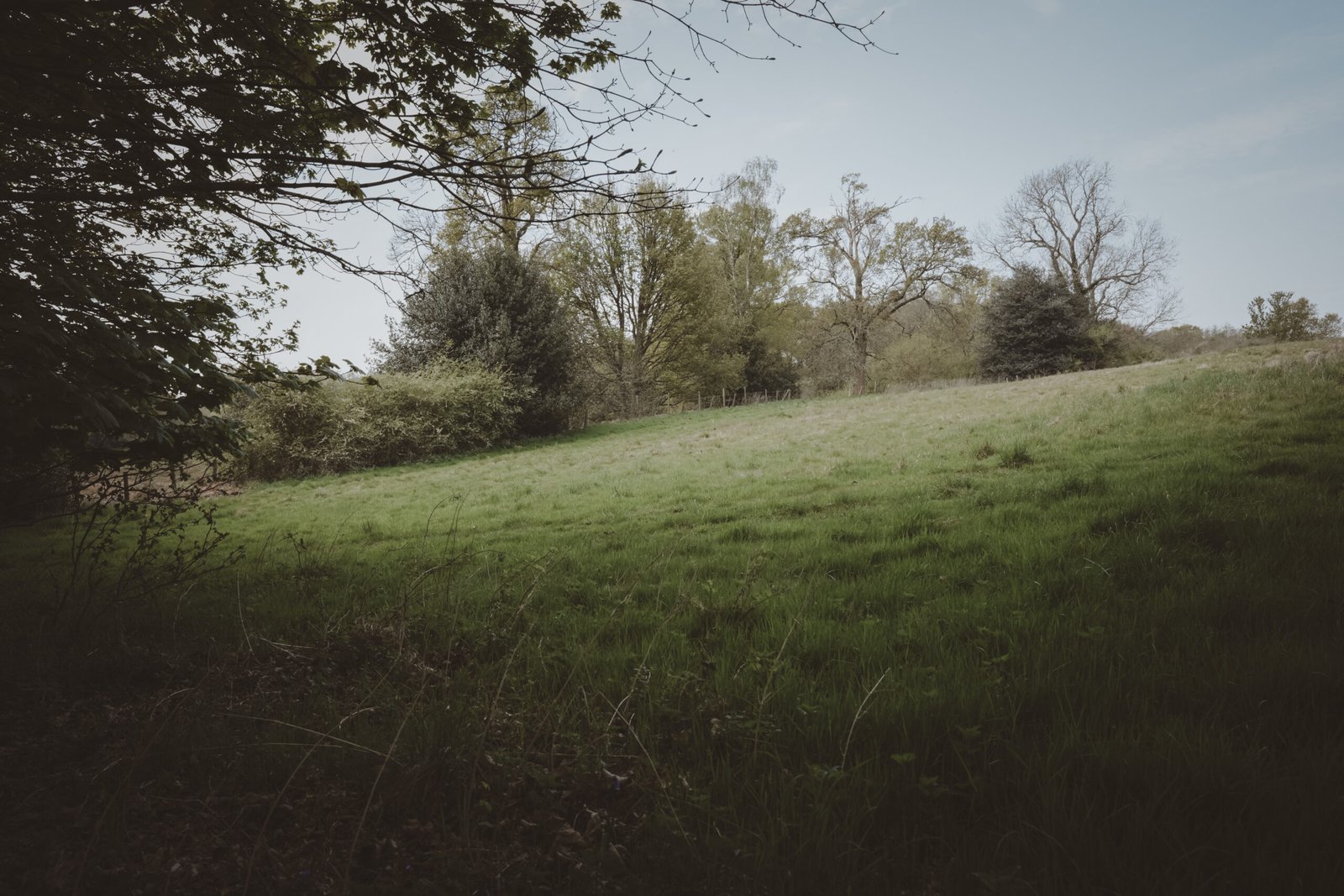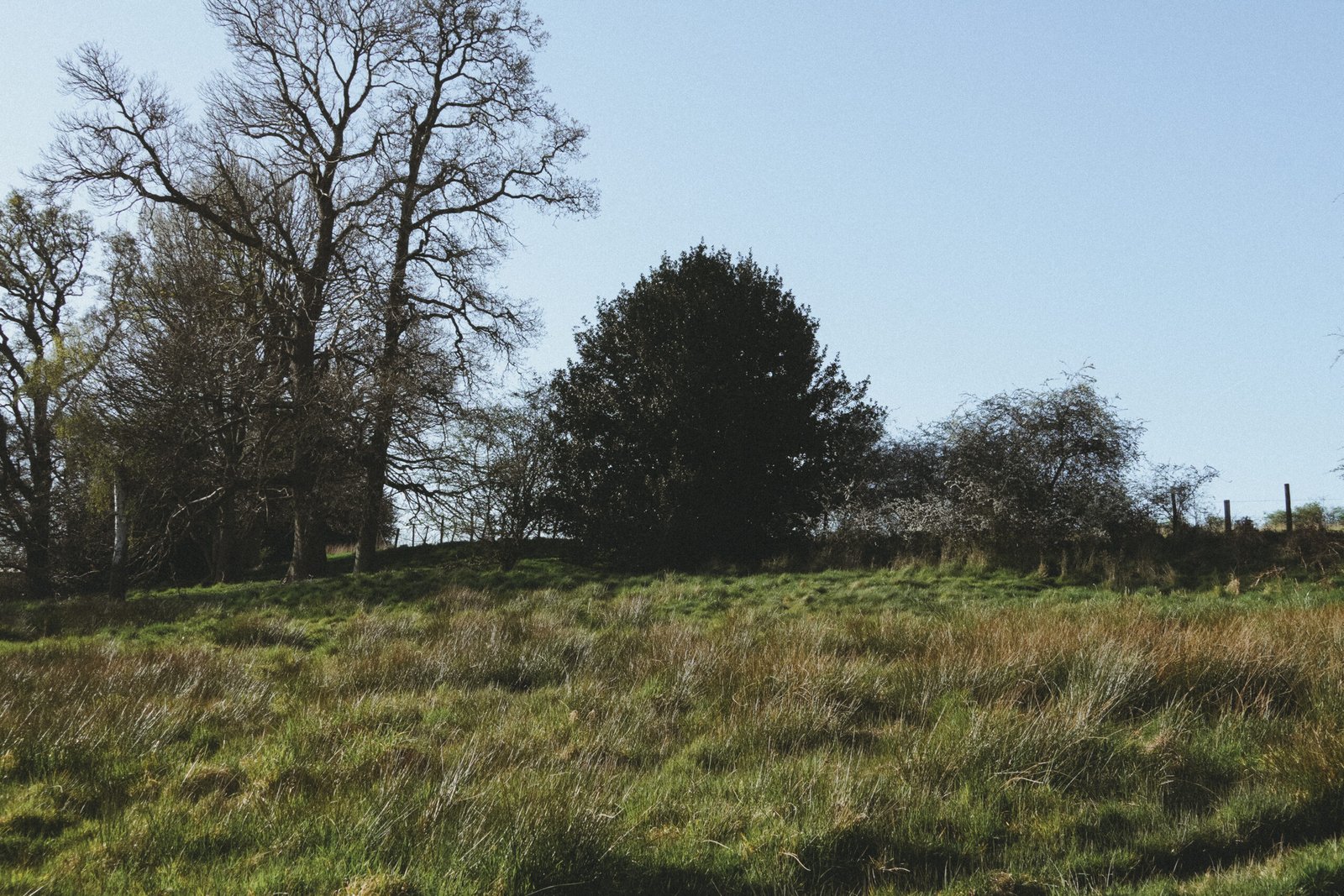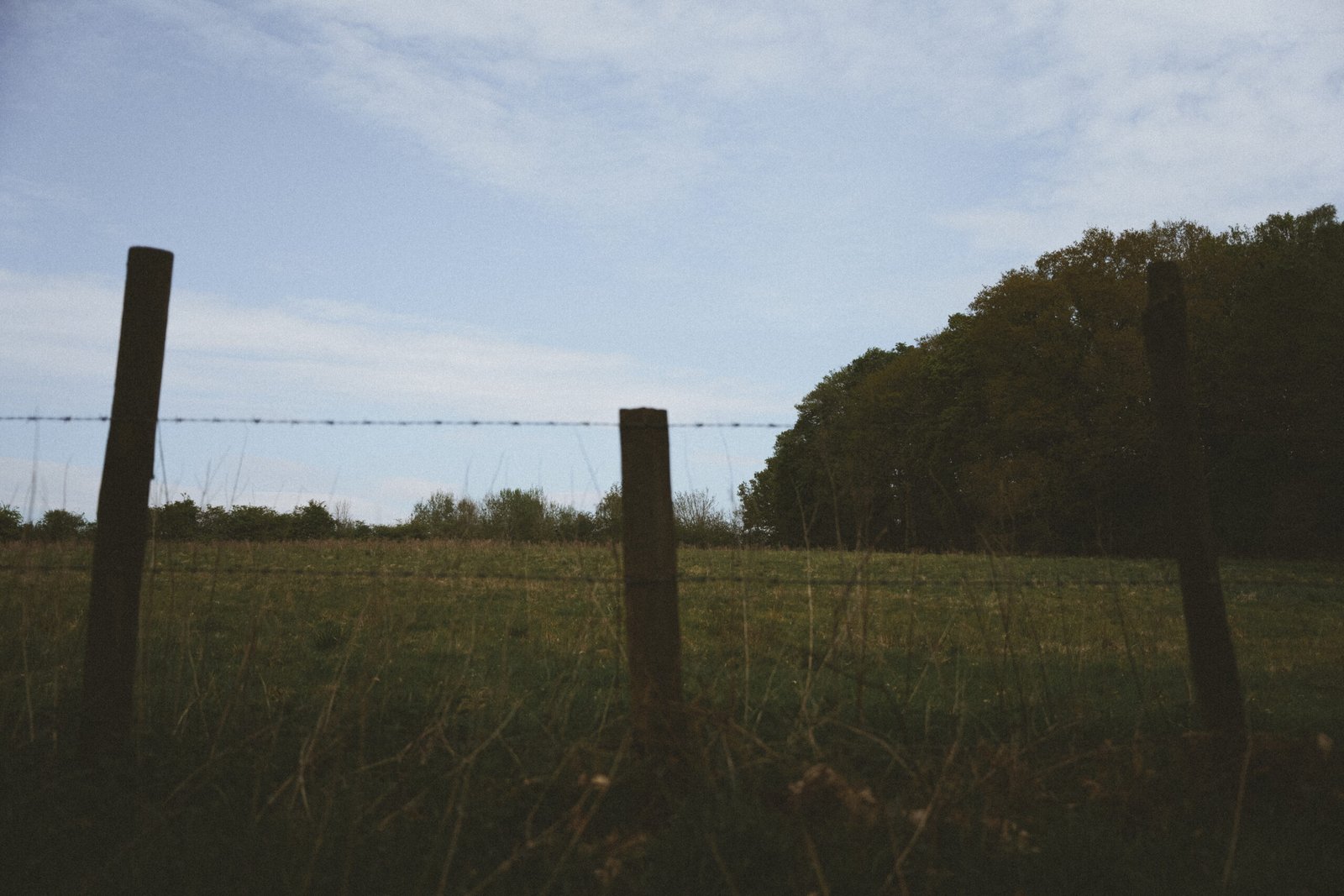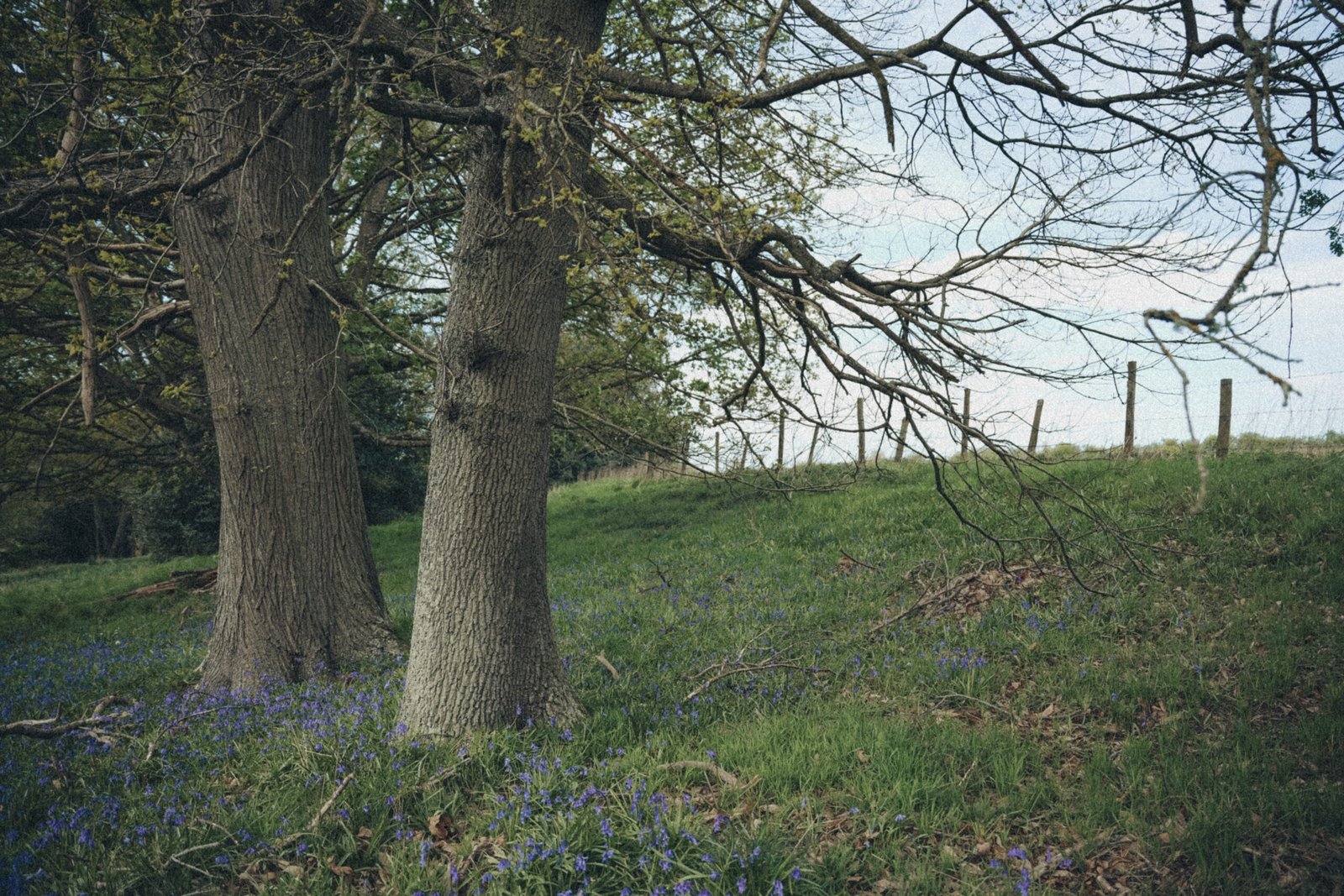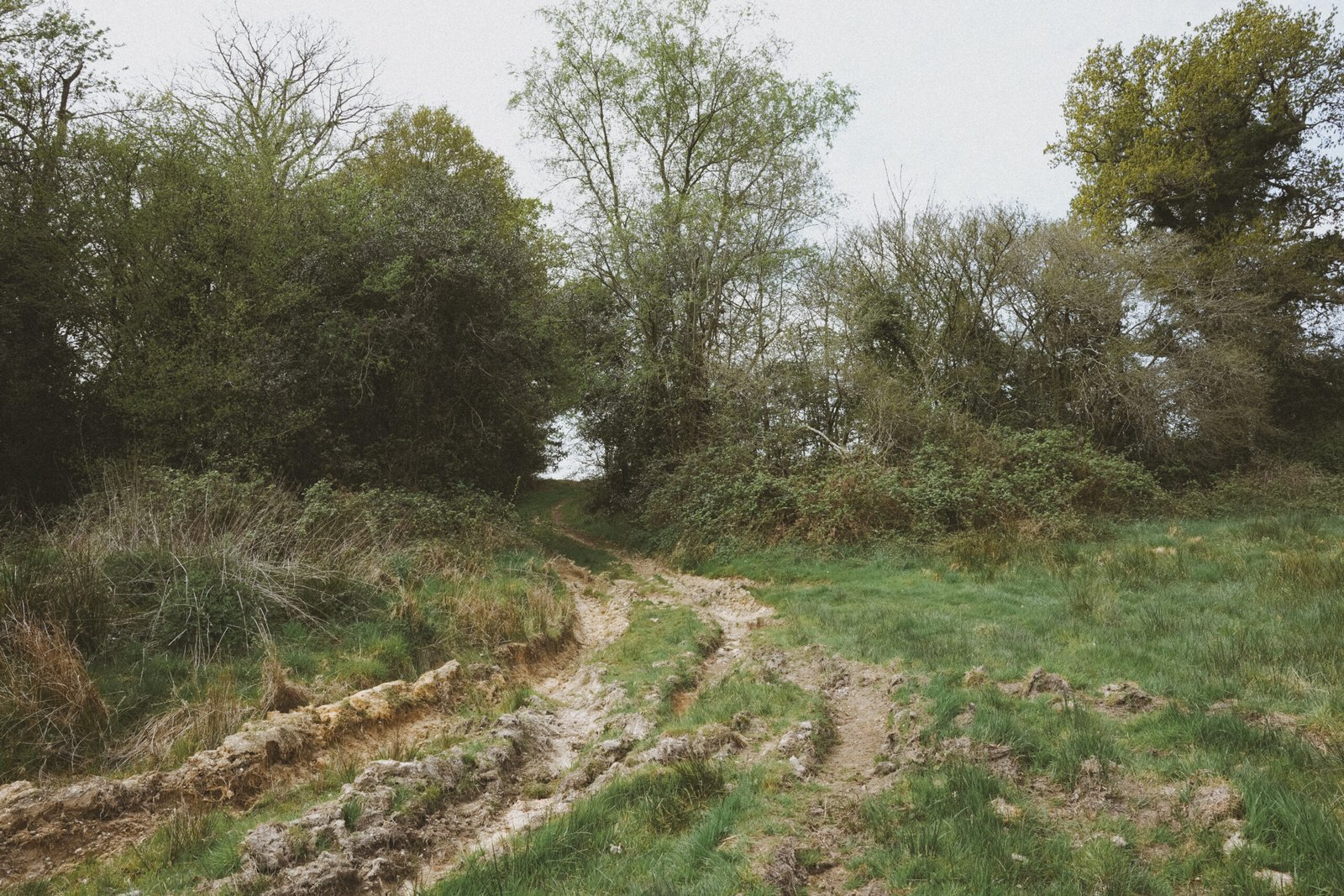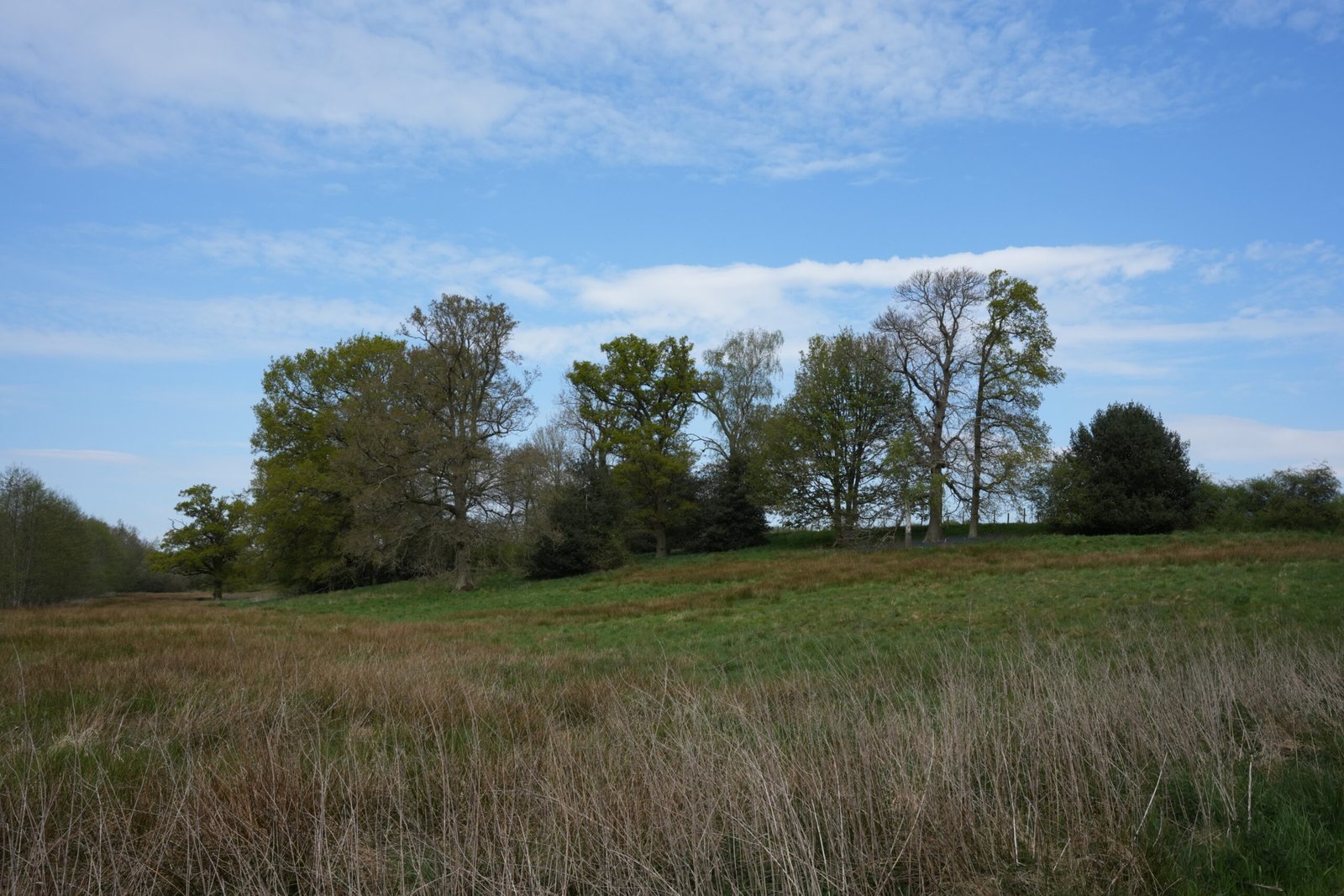On the Real Watership Down
Sandleford Warren
Watership Down begins at the site of a rabbit warren in parkland close to Newbury in West Berkshire.
‘The Primroses were over. Towards the edge of the wood where the ground became open and sloped down to an old fence and a brambly ditch beyond, only a few fading patches of pale yellow still showed among the dog’s mercury and oak tree roots. On the other side of the fence, the upper part of the field was full of rabbit holes. In places the grass was gone altogether and everywhere there were clusters of dry droppings, through which nothing but the ragwort would grow.
A hundred yards away, at the bottom of the slope, ran the brook, no more than three feet wide, half-choked with king-cups, water-cress and blue brook-lime. The cart track crossed by a brick culvert and climbed the opposite slope to a five barred gate in the thorn hedge. The gate led into the lane.’
Chapter One—The Notice Board
The novel begins here, ‘towards the edge of the wood where the ground became open…’
Every journey has a beginning and end.
Most adults of a certain age in Britain know Richard Adams’ rabbit heroes completed their quest for a new home on the high, remote ground of Watership Down in northern Hampshire. The start of that fraught, hazardous trek is less celebrated. On a map, draw a line north-north-west from Watership Down, up through the fields west of Ecchinswell and over the woods and heathland of Newtown Common. Once your pencil has crossed the narrow, tree-shielded banks of the River Enborne you are inside West Berkshire and Sandleford Park, where the story begins.
Landscaped in the 18th century to designs by the celebrated Lancelot ‘Capability’ Brown, Sandleford Park straddles the southern edge of Newbury, an unremarkable town of fair size in West Berkshire. Richard Adams grew up in the adjacent surrounds of Wash Common, then a separate village before it was swallowed up by its expanding neighbour. In retrospect, Adams showed reasoned prescience when he wrote of the destruction of the Sandleford Warren. Newbury was, and still is, a growing settlement. Hemmed in on all sides by rivers and roads, Sandleford Park is an ideal site for the developers. In 2011 Adams spoke up against a plan to build two thousand houses on the site. ‘The very idea of building on it makes your gorge rise,’ he told the BBC.
By 2022, Adams had passed and outline planning permission was granted for around a thousand new homes to be constructed on the western portion of the park. Should they ever be built, the new houses will extend right up to the very edges of the ancient woodlands where the novel begins. Fiver’s field of blood will become a field of modern housing. Thankfully, we are not yet at that stage, though that may soon change. As such, should you choose to visit any site in the novel other than Watership Down itself, let it it be Sandleford Park.
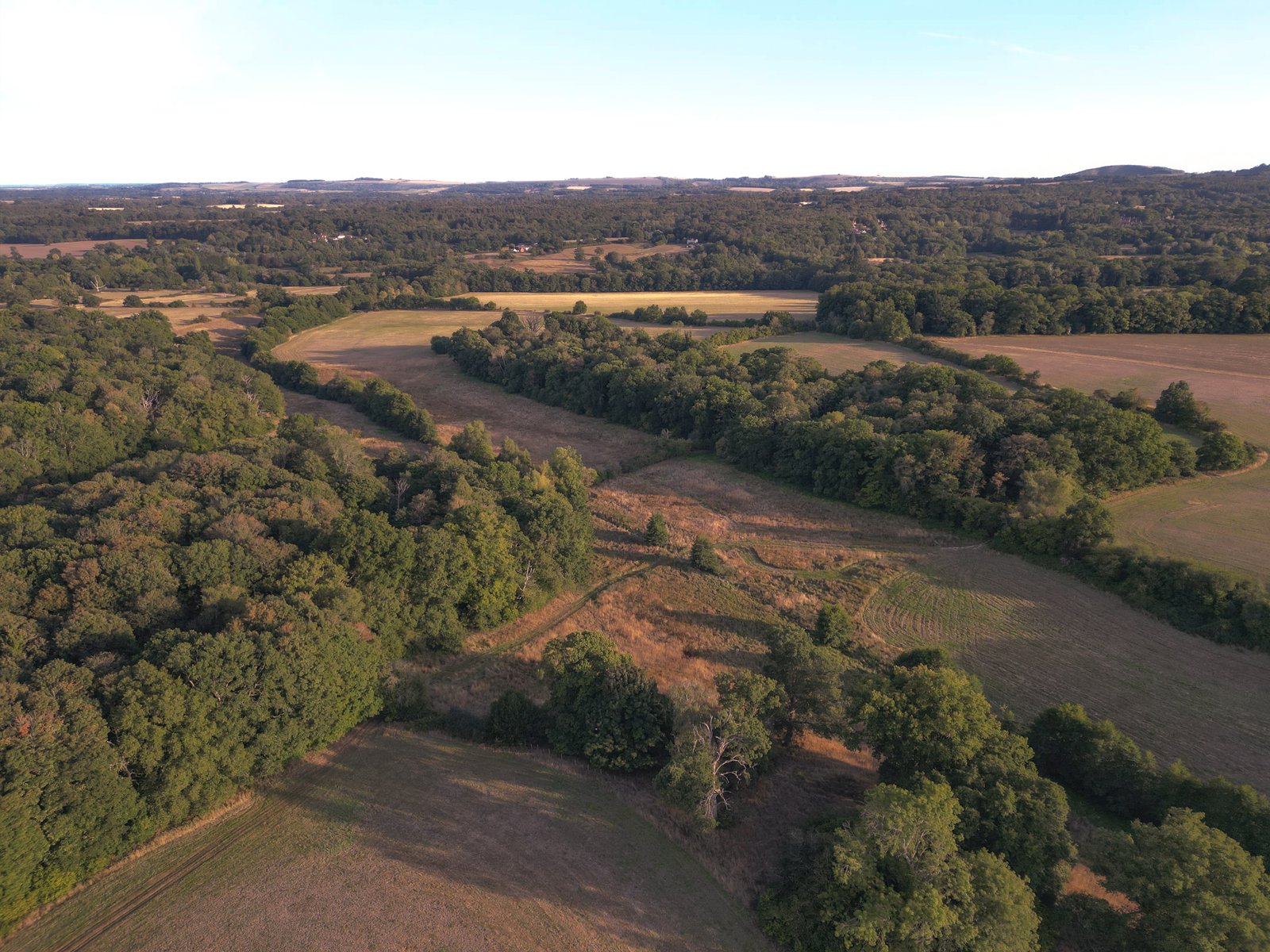

Annotated view of the Sandleford Warren site.
Sandleford Park isn’t stunning. It is functional, simple and feels in need of some love. You imagine how peaceful it would have been when it was opened as part of the nearby priory’s estate.
The exact site of the warren has been the subject of some debate, though the description offered by Adams at the start of Chapter One, The Notice Board, certainly places it in the northern section of the park. Here, you are always reminded of your close proximity to contemporary town life; the park’s boundary pushes up against the edge of a David Lloyd health club, whilst the floodlights of Newbury Rugby Club peer down onto you from the plateau above. In spite of the modernity—and let us remember that at the time Watership Down was written there was no sight of suburbia in this location—four ancient copses stand defiant and timeless, two on either side of the drainage ditch that Adams more poetically describes as a ‘brook’. David Buttery suggested Barn Copse, on the southern side of the ditch to be the warren’s likely site, whilst Jim’s Brit named High Wood, the largest of the wooded areas. I am at odds with both.
Following a string of visits to Sandleford Park in 2025, my belief is that the Sandleford Warren rabbit holes were positioned on the northern side of the ‘brook’ along what is now a barbed-wire fence field boundary immediately to the west of Slockett’s Copse.
Adams’s writing in Chapter One confirms the northern slope to be the warren’s location. He states:
‘They ran over the culvert. The grass was wet and thick near the stream and they made their way up the opposite slope, looking for drier ground. Part of the slope was in shadow, for the sun was sinking ahead of them, and Hazel, who wanted a warm, sunny spot, went on until they were quite near the lane.’
Of course, the sun sets in the west and, as I found on my second visit to Sandleford Warren in April 2025, the sun goes down over what I loosely call the southern side of the valley. This means that the only two possible warren locations are High Wood and Slockett’s Copse on the opposite slope. The former is an outlier due to its distance from the culvert and the cart track. Furthermore, old Ordnance Survey maps show it lacks close proximity to a fence or field boundary such as that described. In my eyes Slockett’s Copse seems to be the only reasonable site for Sandleford Warren.
Hazel emerges from the undergrowth on the north bank for his first appearance in the film.
The north bank, where Adams placed the rabbit holes.
A further consequence of my geographical pondering is that the book’s housing development notice board is on the southern bank. We all remember Fiver’s apocalyptic ‘field of blood’ vision from the film, but he would have been staring through a ‘thorn hedge’ rather than a conveniently thin barbed wire boundary.
In fact, the place where Fiver has his vision in the movie looks very much like the real world location where Adams chose to position the rabbit holes. Maybe coincidence, or maybe a deliberate artistic or continuity choice on behalf of the film’s creators, the upshot is that the film has the sun setting in the east. From this, it is not unreasonable to conclude that the opening Sandleford Warren sequence of the movie, from Hazel’s initial emergence up to the scene where we are introduced to Bigwig, all takes place on the north bank.
